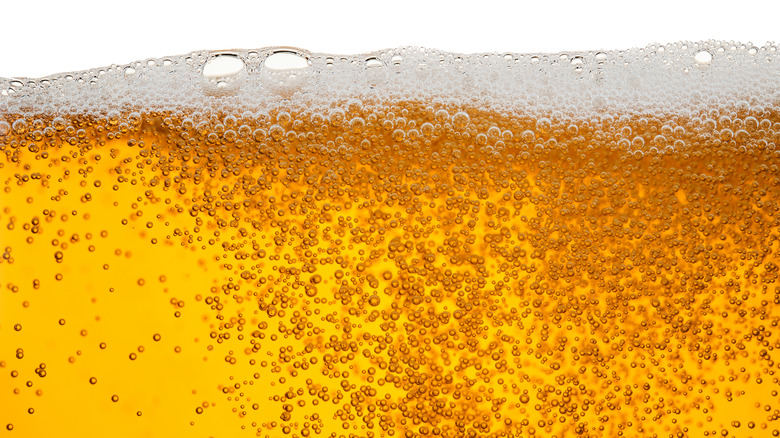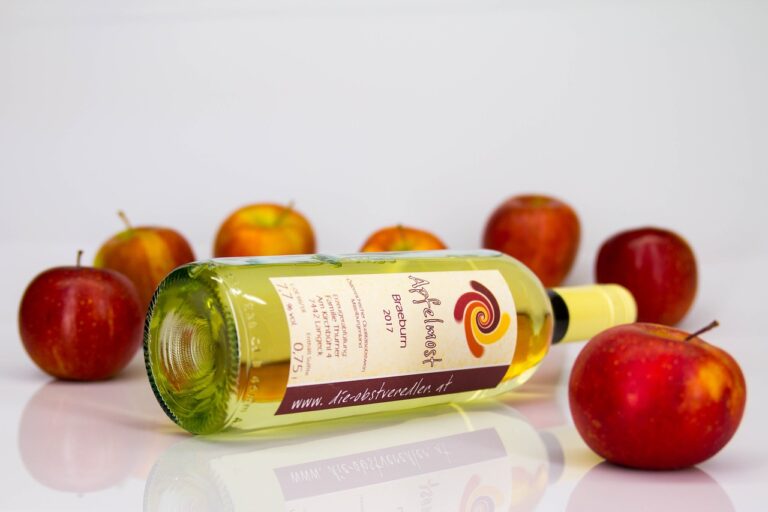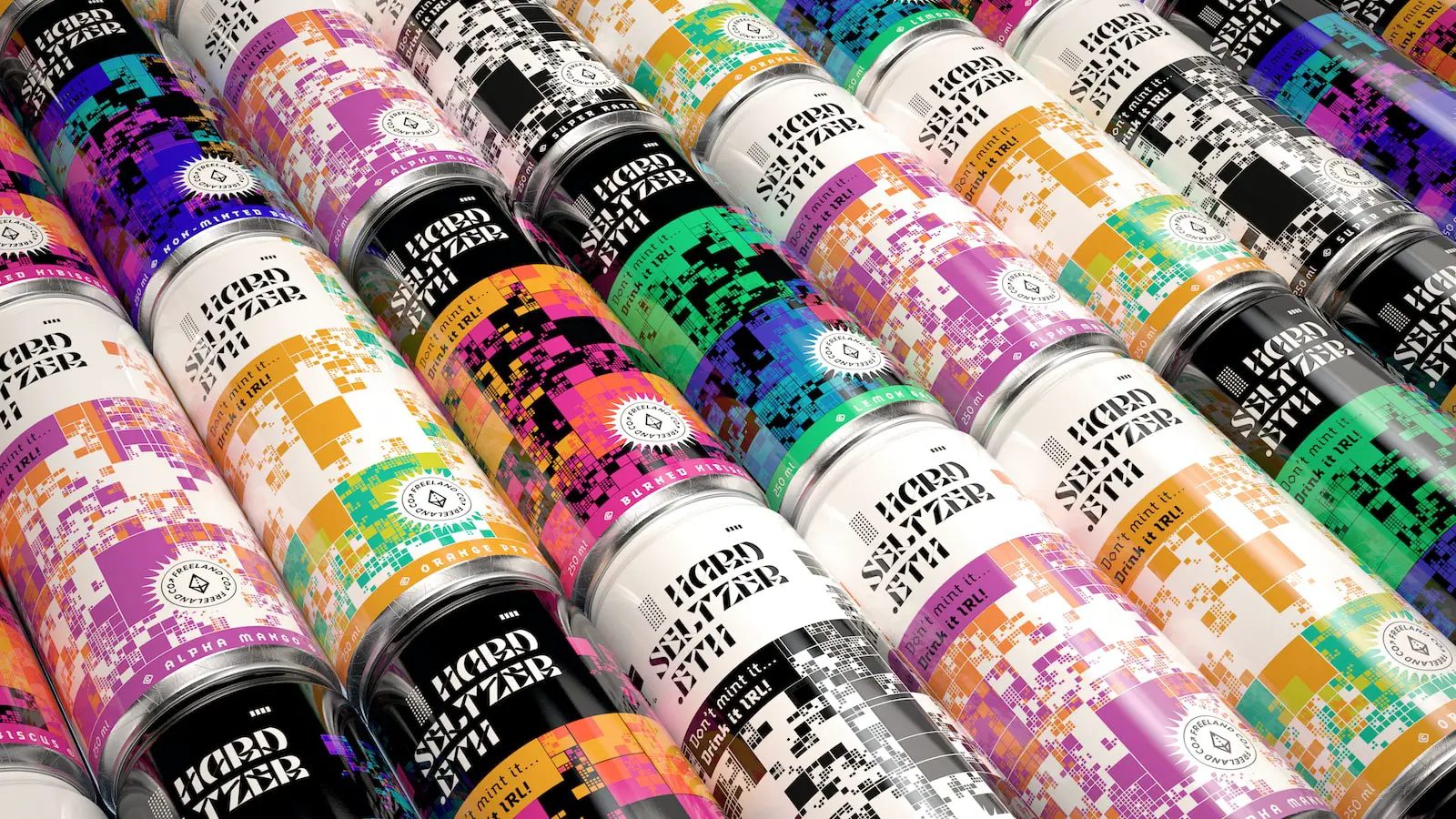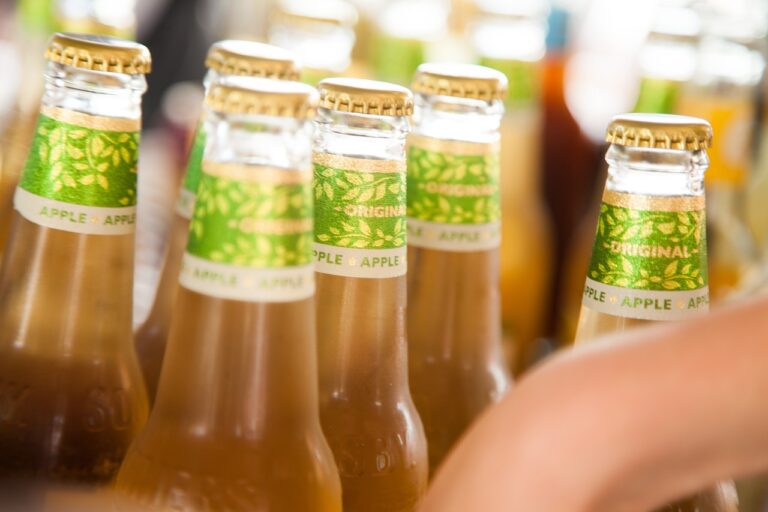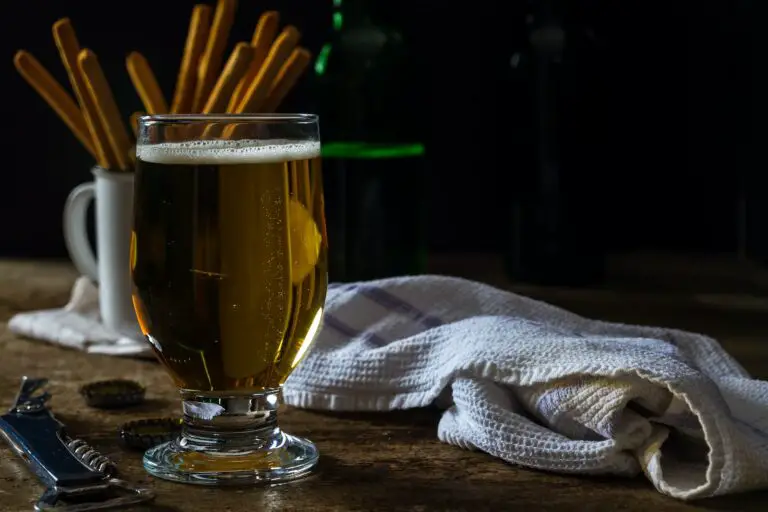Homebrewers usually have issues with flat beer. That means they get a beer product that could have no carbon dioxide inside.
It means that they will have a beer with taste, alcohol, and foam but no fizziness. It’s something that will cost them, and they could not get the same satisfaction from their beer as they used to.
Lately, we have seen many homebrewers try to recarbonate their flat beer. It’s something you can do at home, provided you have the right tools and knowledge.
Today we will talk more about the recarbonation of any flat beer and why did you have a flat beer in the first place. As soon as you realize the reasons, you will be ready to accept your failure and try to fix it.
Here are the main reasons your beer could go flat and what you would do about it.
Reasons Your Beer Has Gone Flat
The main reason that your beer could go flat before you even open the barrel is as follows:
- Less sugar than recommended in the mix: If you ask your chemist, he will tell you the reason for the lack of carbonation could be the minimal sugar amount. As you know, the yeast used sugar to produce alcohol and carbon dioxide in the beer mix. If sugar is not enough, then the carbonation process could be less productive.
- Exposure of beer mix to extreme temperatures: Low and high temperatures could harm your beer mix. That happens because the enzymes for the yeast alcohol creation have an optimal temperature range. If you go above or below that, you will have issues with your carbonation.
- Sealing that allows air to come in the beer mix: We have seen that before. If your sealing is not firm, you will have air penetrate inside, and the carbon dioxide will escape making your beer flat.
- Yeast is not activated: When you use non-activated yeast, you end up with less carbon dioxide in your beer since the reactions won’t massively happen to produce the fizziness you always expected.
These are the main reasons for flat beer. Let’s see how carbon dioxide builds in your beer mix in the first place to understand the whole process.
How Does Carbon Dioxide Build into Your Beer?
Carbon dioxide is a byproduct of the chemical reaction of sugar and other carb molecules within the yeast cells. As a result, the main product remains alcohol, and the byproduct is carbon dioxide that slowly builds in the beer mix.
You can easily have carbon dioxide build in the beer mix and increase the barrel’s pressure. Chemists know when your beer mix is ready by monitoring the CO2 pressure, and that’s what makes your beer easy to drink.
Ways to Recarbonate Your Beer
Here are the most plausible ways to recarbonate your beer when you think it’s been totally flat:
- Shake the beer mix: It’s always great to shake the mix in special containers. That will allow the beer mix to go upside down in the barrel and activate the enzymes to produce more carbon dioxide.
- Give more sugar in the beer mix: That way will allow the beer mix to have more fuel to create carbon dioxide from scratch.
- Let more carbon dioxide gas pass into the beer barrel: You need to have a pressurized bottle of CO2 and some tubes to enter it into the beer barrel. The more CO2 you give to the beer mix, the higher the chances to recarbonate it.
Can You Restart Fermentation to Recarbonate Your Beer?
The fermentation process is hard to restart when it’s completed. However, there are some enzymes and sugar you can easily add to the beer mix to try to revive the whole process.
First, you need to open the beer barrel carefully and check if the beer is really flat. Then you can add more yeast and some sugar and let the beer barrel sit in mild temperature conditions for at least another four weeks.
That’s the best way to restart the fermentation process, which will not only bring back fizziness to your beer but will also increase the ABV.
Is Forced Recarbonation as Good as the Natural One?
Forced recarbonation will violently pass carbon dioxide in the beer mix. However, natural recarbonation using fermentation reactivation is a lot better for your beer.
Some homebrewers cannot wait that long for the natural carbonation and start having the forced one. The results could be good in both situations, even though you cannot control the amount of CO2 in the first case.
Does Temperature Have a Role in Beer Recarbonation Process?
Temperature plays a catalytic role in the beer carbonation process. When you want to carbonate your beer, mix. It’s always necessary to avoid exposing it to extremely low or high temperatures.
A mild temperature that is close to 60F or 70F is the best possible temperature to leave the enzymes to work as they can. That is the optimal temperature to allow the yeast to produce CO2 naturally and gradually. It will lead you to have the best possible beer quality and the right fizziness.
What Happens to Alcoholic Grades When You Recarbonate Flat Beer?
Usually, you have no effect on the ABV when you naturally recarbonate your beer. That is because homebrewers always add some more water to ensure that the excess yeast operation will not produce so much more alcohol to change the ABV in your beer mix.
However, if you overdo it with sugar and yeast, you may end up having a beer with more than a 2% alcohol concentration increase. Hopefully, you may easily fix that by diluting the rest of the beer mix in pure water, and your beer will be as potent as you like.
Final Words
When you have a flat beer, there is no need to worry. Today you have many solutions to naturally or technically recarbonate the beer mix and save you efforts.
It would be better to discuss it with your chemist and find the best way to perform recarbonation for your precious beer mix.

